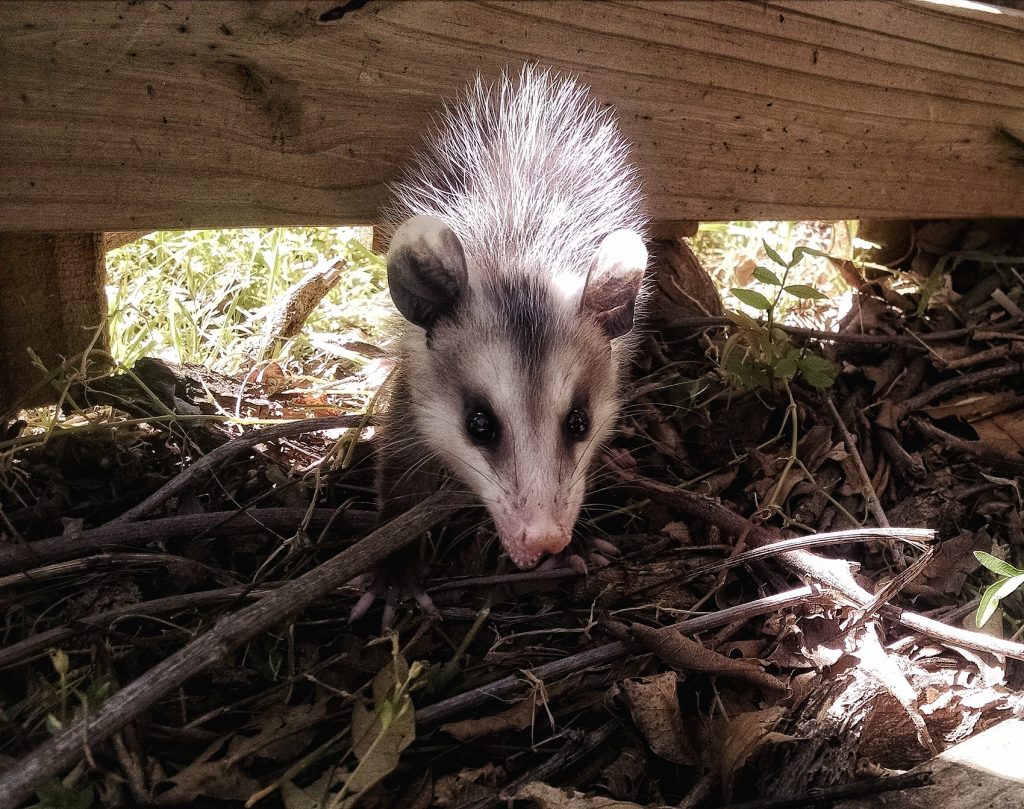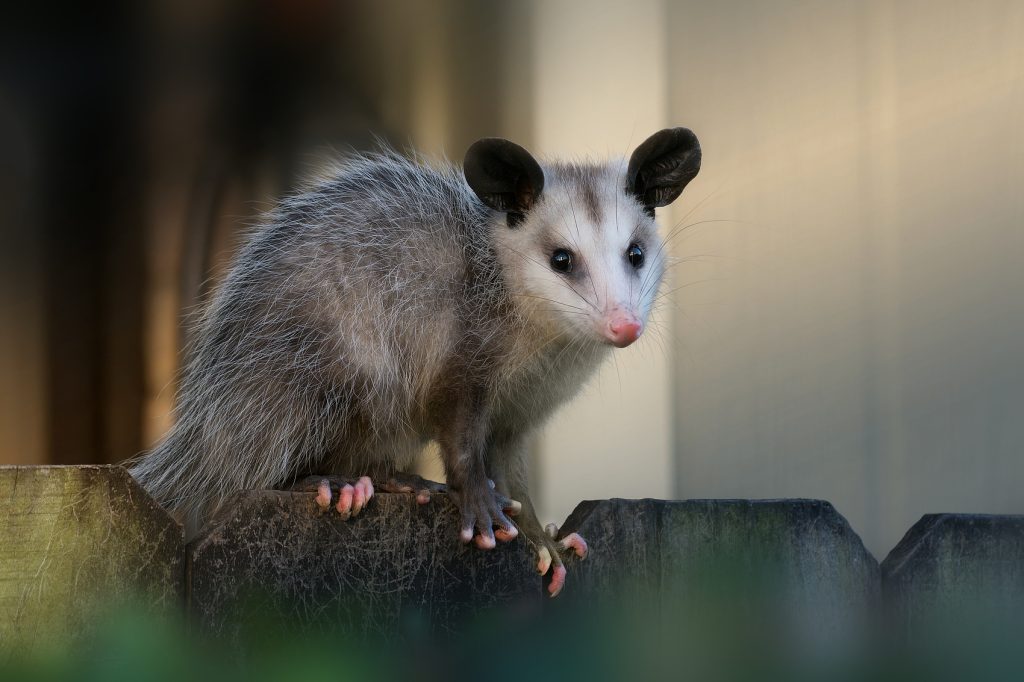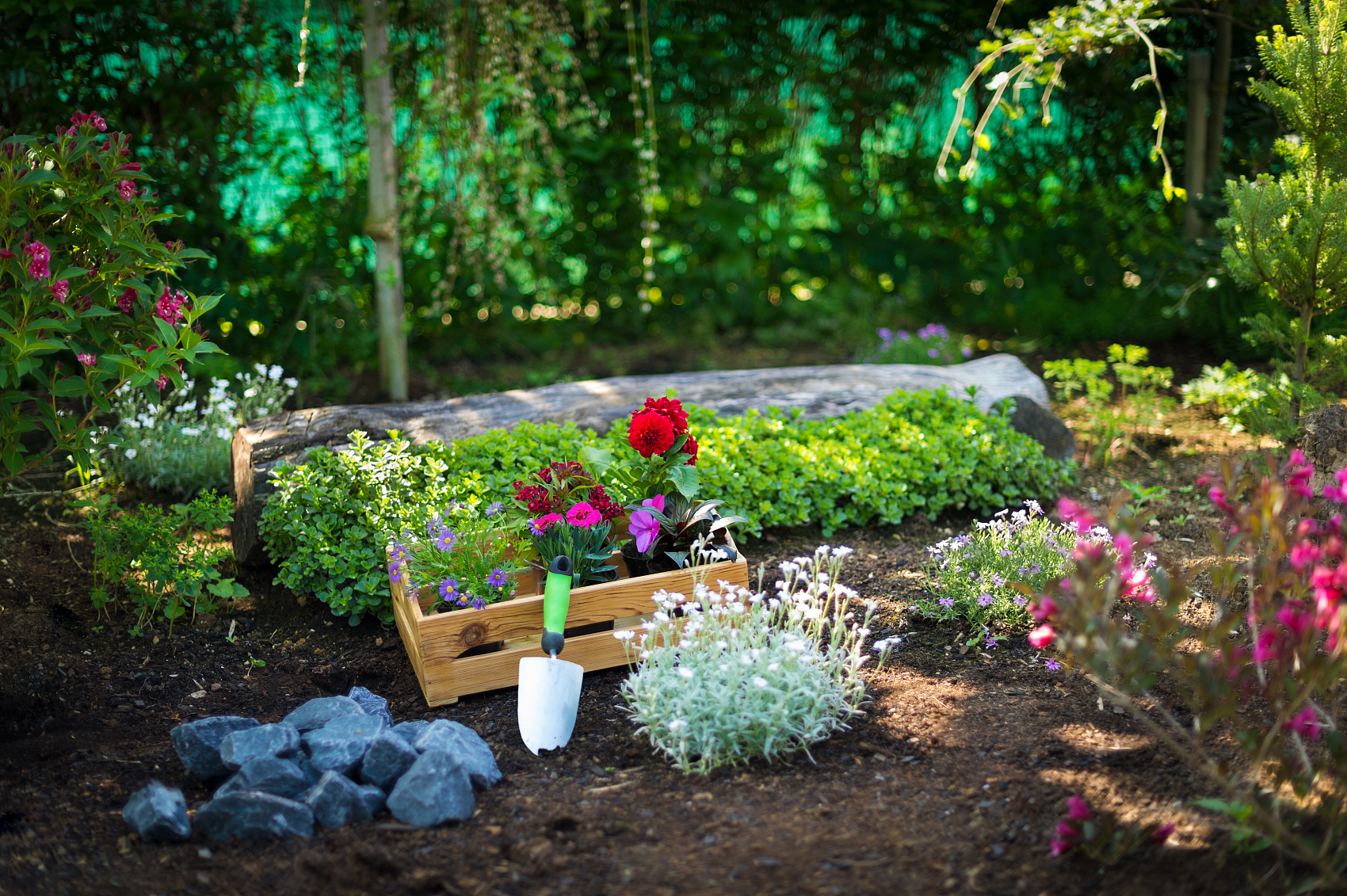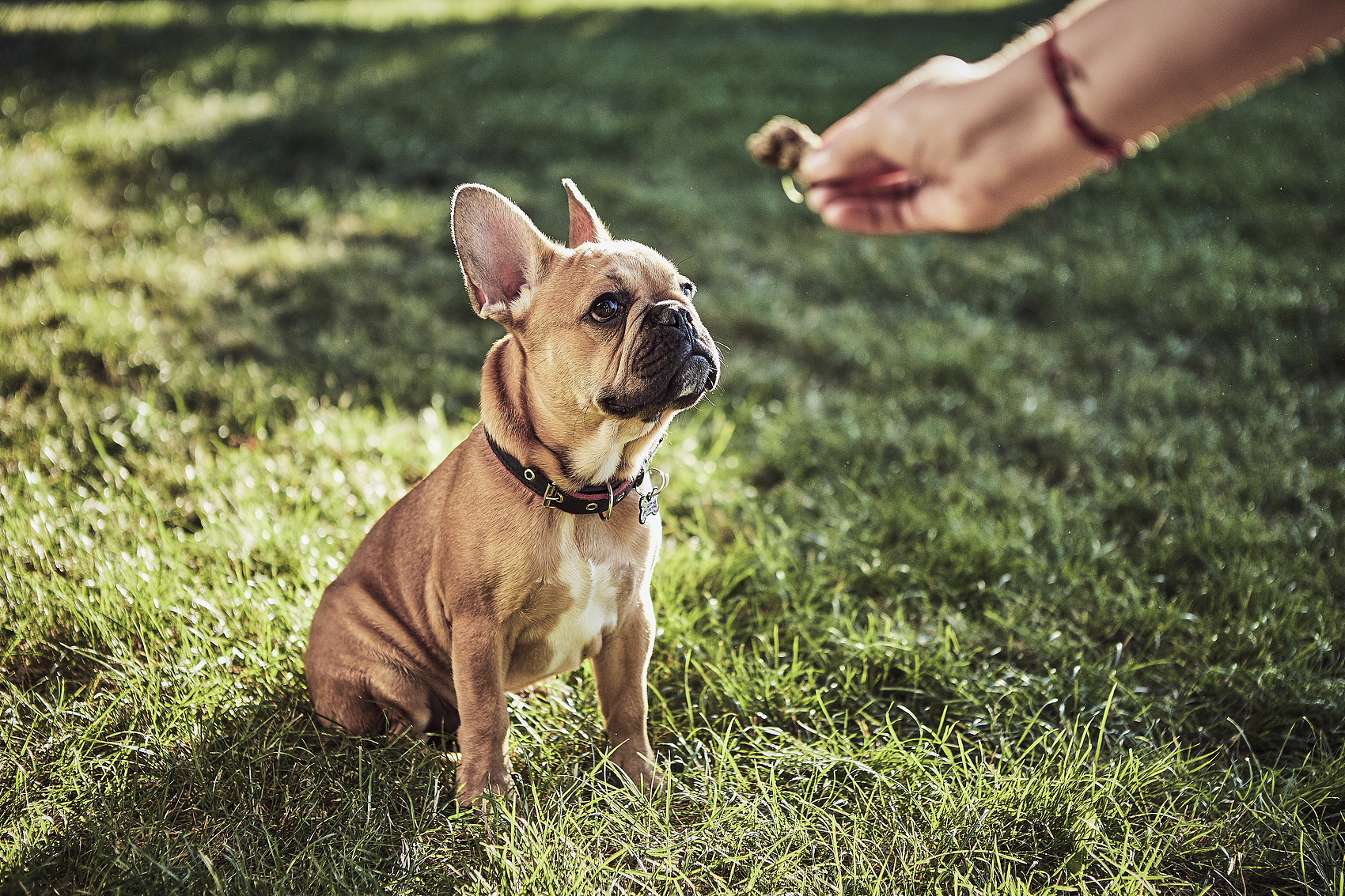How to Handle Opossums in Your Yard (Without Harm)
Opossums—often just called possums—are nocturnal animals that come out at night to snack on insects, small rodents, and plants. But they’re also known for rummaging through compost piles, knocking over trash cans, and occasionally munching on garden veggies. If you’ve spotted one in your yard and want to know how to deal with it, this guide has you covered. We’ll help you identify signs of opossum activity, show you humane ways to deter them, and even explain why having them around might not be such a bad thing.
Possum vs. Opossum: What’s the Difference?
In North America, the correct term is “opossum,” though most people just say “possum.” These marsupials are known for their pointed snouts, grayish-brown fur, and long, hairless tails. In contrast, “possums” in Australia and nearby regions are smaller, bushier-tailed creatures with rounder noses. While both are omnivores and scavengers, they’re different animals entirely.
Are Opossums Bad for Your Garden?
Not necessarily! While they may occasionally nibble on your plants or fruit, opossums can actually be helpful. They love to eat things like ticks, beetles, snails, slugs, cockroaches, and even venomous snakes. They also clean up fallen fruit and old plant matter. Plus, they’re generally calm creatures and aren’t known to spread rabies because of their low body temperature.
So unless they’re causing real damage, you might want to let them be. They can help reduce pests and clean up your yard naturally—kind of like your garden’s own janitorial service.

How to Tell if You Have an Opossum Visitor
Opossums are pretty stealthy and mostly active at night, so you might not see them directly. But here are a few clues:
- Droppings: Their poop is smooth, brown, and about 1–2 inches long—easy to confuse with cat feces.
- Nests: They don’t dig much but will move into abandoned nests or cozy spaces under porches and sheds. Sometimes they peel back siding or shingles looking for shelter.
- Damaged plants or produce: They might go after your corn, berries, or any fallen fruit. Occasionally, they even get into chicken coops.
- Unusual sounds: Opossums might hiss, growl, or make clicking sounds to communicate with their young.
- Tipped-over trash cans or compost piles: A classic sign. If your bin is overturned or your compost has fresh holes, you may have a nighttime visitor.
- Footprints and trails: Look for unique prints in soft soil, often with a dragging tail mark.
How to Keep Opossums Out (Gently!)
If opossums are overstaying their welcome, here are some kind ways to encourage them to move on.
1. Cut Off Their Food Supply
Opossums love easy meals. Clean up any fallen fruit, secure your garbage with tight-fitting lids, and keep compost in sealed bins. If you feed pets or livestock outdoors, store the food in closed containers. Cover veggie beds with row covers and reinforce chicken coops with chicken wire or hardware cloth.
2. Remove Shelter Options
Make your yard less cozy. Trim tall grass, prune overgrown bushes, and clear away piles of wood or brush. Block off crawlspaces under your deck or shed with chicken wire or hardware cloth, and seal small gaps around your home (after checking for animals, of course).
3. Use Fencing
Install fencing around your garden—at least 4 feet above ground and buried 1 foot below to stop burrowing. Angling the top part of the fence outward can help prevent climbing.

4. Try Natural Repellents
Some people have luck using cayenne pepper, garlic oil, vinegar, or predator urine spray. These usually need to be reapplied often—especially after rain. Other deterrents include wind chimes, motion-activated sprinklers, and bright lights. For better results, mix and rotate your deterrent methods to keep opossums guessing.
Important: Don’t use mothballs, ammonia, or camphor. These are toxic and can harm wildlife, soil, and waterways.
5. Trap and Relocate—Only If Absolutely Necessary
Opossums usually leave on their own once food and shelter are gone. Trapping should be a last resort and may not work long-term since other opossums can move in. But if you decide to trap one:
- Check local laws first.
- Use a humane live trap with bait like cat food or peanut butter.
- Set it where you’ve seen signs of activity.
- Avoid trapping between February and June—this is when mothers are likely raising young.
If you do trap one, release it at least five miles away in a safe, natural area. Wear gloves and be cautious—opossums can act tough when scared. If your trap isn’t working, try camouflaging it with leaves or sticks.
Bonus Fact: If you see an opossum playing dead—mouth open, limp, smelly—it’s likely not injured. It’s just their way of protecting themselves. Give it space, and it’ll come to on its own in time.
With a few changes to your yard and a little understanding of these fascinating creatures, you can find a peaceful, pest-free balance—whether you choose to let opossums stay or gently encourage them to move along.













